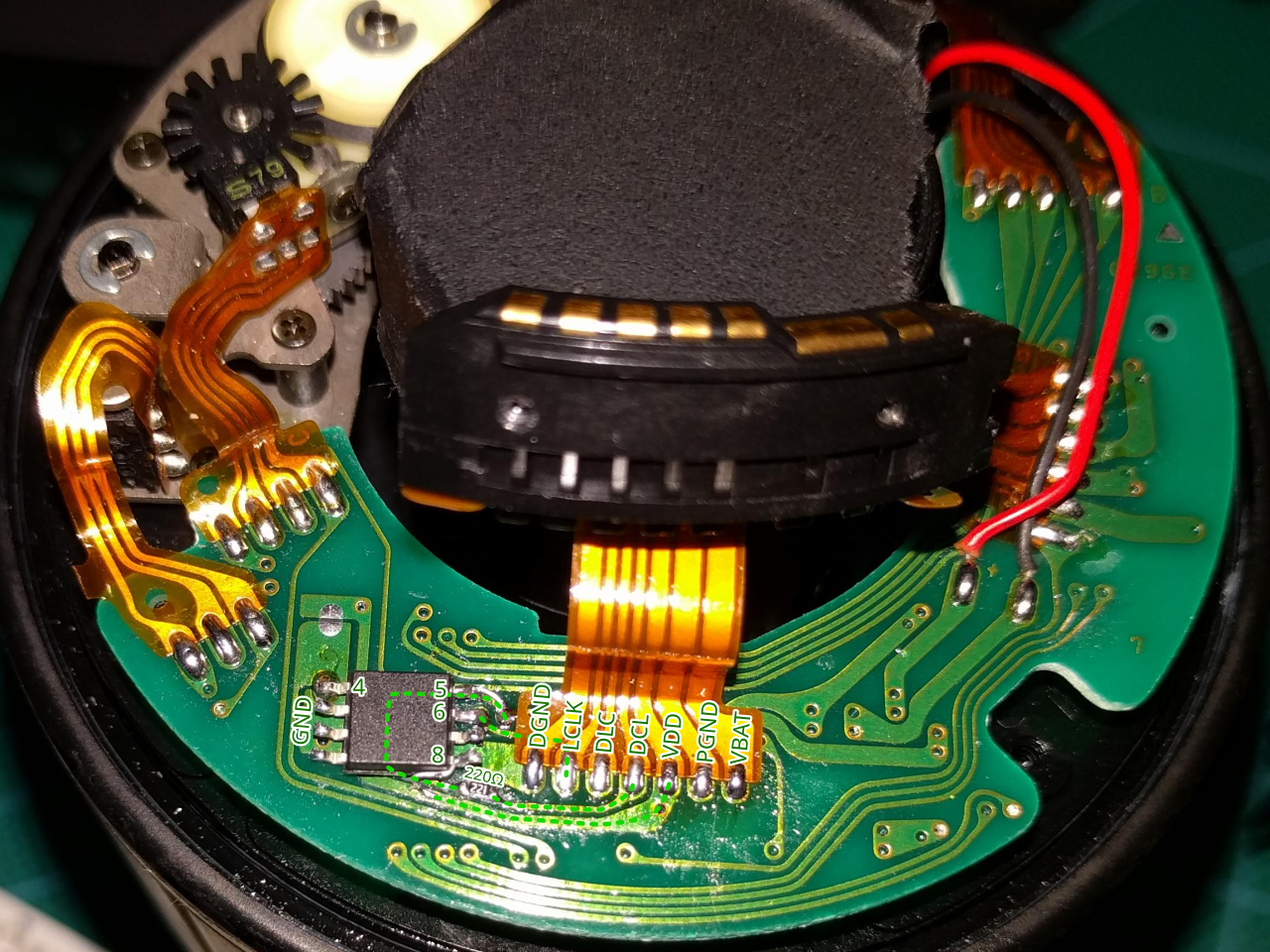Older Sigma lenses with Canon EF lens mounts do not work on newer Canon bodies, because Sigma incompletely reverse engineered the EF protocol and did not implement all required commands. This is a DIY fix using an ATtiny13 microcontroller to modify the protocol, making the lens compatible again.
Some people like to call this a "rechip", but that really refers to official fixes that involve replacing the chips in the lens. Since this fix is an add-on instead and does not replace the existing chips in the lens, it should be more properly called a "modchip".
-
Low power: this fix consumes about 500µA in active mode (e.g. when shooting, autofocusing, in Live View mode, or changing lens settings) and less than 1µA in sleep mode (automatically entered after a few seconds of inactivity when in standard mode, or when the camera is off). Thus, it will have no measurable impact on battery life.
-
Passive: instead of routing the DCL line through the MCU like other implementations, this one uses a resistor and only actively overrides DCL where necessary. Therefore, it has zero impact in the normal operation of the protocol and only changes the one bit that needs changing.
-
Robust EF protocol: unlike other versions, this one properly parses the EF protocol and keeps track of command lengths. It also has a time-out to re-sync with the command stream if something goes wrong.
Type make to build the project (requires the avra assembler), or make flash
to flash it with avrdude (defaults to the usbtiny programmer, but you can
use make PROGRAMMER=foo to change the programmer type). Don't forget to flash
the fuses too if you use another programming method (LFUSE=0x72 HFUSE=0xfb).
To use it, you need to cut the DCL line from the camera to the lens and insert a 220Ω resistor in line, then attach the programmed ATtiny13 as follows:
Camera side
=========================================
DGND LCLK DLC DCL VDD PGND/DET VBAT
| | | | | | |
ATtiny13 ,------------------------+ | |
__________ | | | | | | | |
|o | | | | | \ | | |
1|RESET VCC|8-' | | | 220/ | | |
2|PB3 PB2|7 | | | Ω \ | | |
3|PB4 PB1|6----------+ | / | | |
,-4|GND PB0|5---------------------+ | | |
| |__________| | | | | | | |
`-------------------+ | | | | | |
| | | | | | |
DGND LCLK DLC DCL VDD PGND/DET VBAT
=========================================
Lens side
Example of how it might look on a lens:
Canon EF lenses accept both commands 12 YY and 13 YY to change the aperture
by YY steps (signed uint8). Older Canon bodies used 12 YY, while newer ones
use 13 YY. It seems Sigma did not completely reverse engineer the protocol
by trying all possible commands, but merely implemented the commands used by
Canon bodies at the time. Therefore, older Sigma lenses only supported 12 YY.
If such a lens is used on a newer body, the aperture will never move. There is
one bit of feedback from the aperture to the camera: whether it is at the fully
open position or not. The camera checks this bit against where it expects the
aperture to be. Therefore, these older lenses behave as follows: if the aperture
is wide open (the common case), the lens will only shoot with the camera
aperture set to fully open (matching), otherwise the camera will throw an
error. If the aperture is not wide open (e.g. it was manually moved or the lens
was removed while stopped down), then the camera will allow photos with other
aperture settings, but the aperture will of course not move either.
Patch command 13 into command 12. This is a single bit difference. Since
the protocol is MSB first, this can be done as soon as all 7 previous bits are
received, which means there is no need to delay or buffer the protocol, but it
can be done "live".
The code spends most of its time in sleep (power down) mode. When LCLK goes low (at the start of a command), it wakes up the chip via the low-level INT0 interrupt. The interrupt handler does nothing, but merely returns from the power-down mode. The main program then disables the interrupt to prevent it from re-firing, and receives the command byte. The wake-up latency is such that the chip is ready to sample the first command bit just about exactly when LCLK is going high, which is the expected sample timing.
After receiving 7 command bits, the code checks for command 0x12/0x13. If the command matches, it waits for the next bit period, then forces DCL low. This rewrites any 0x13 commands into 0x12. It then waits for the lens to ACK the command via an LCLK pulse.
Since commands can have arguments, and there is no explicit framing to differentiate the arguments from commands, the code contains a table of all 256 possible commands along with expected argument lengths (checked against a Canon lens). If there are any argument bytes, it reads those bytes without performing any further processing, before going back to sleep mode waiting for the next command.
To implement time-outs in case something goes wrong, Timer 0 is set up with a ~700µs time-out and started at the beginning of each command, with its interrupt enabled. It is only stopped when the lens ACKs a command. If the timer expires, it fires an interrupt which does not return, but rather restarts the entire program from the reset vector. This is similar behavior to Canon lenses, which will initiate a protocol reset if a command byte takes longer than 700µs.
See this gist for more details about the Canon EF protocol.
